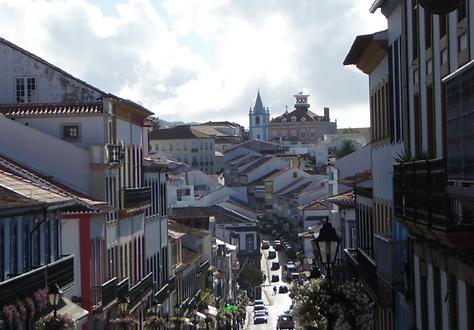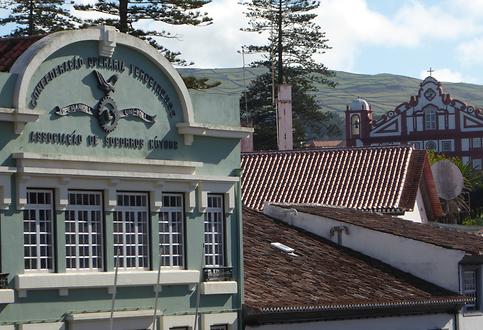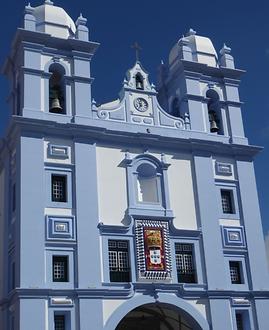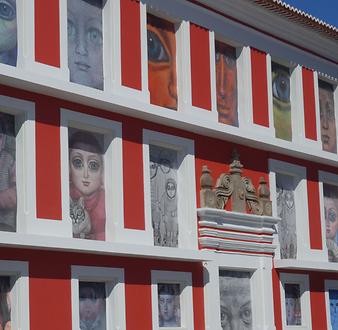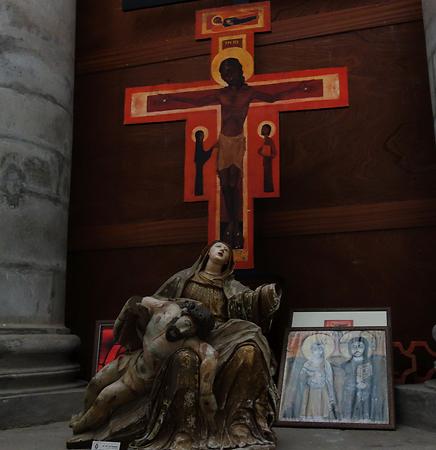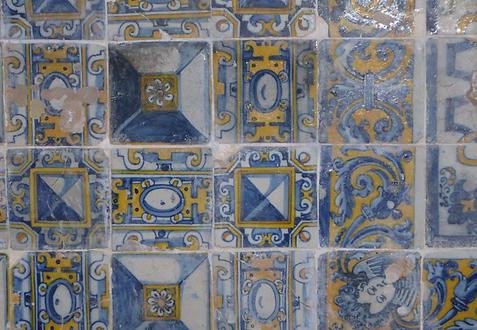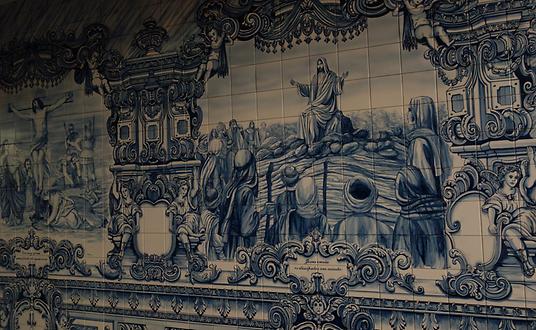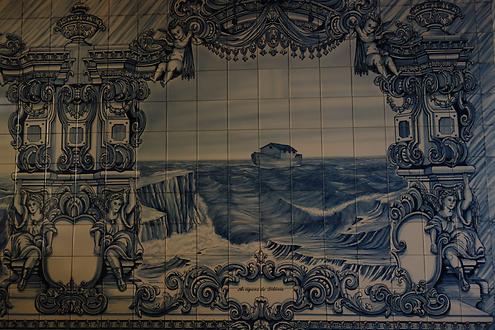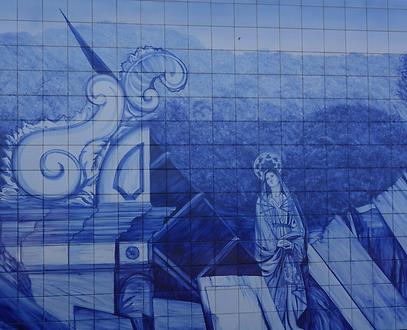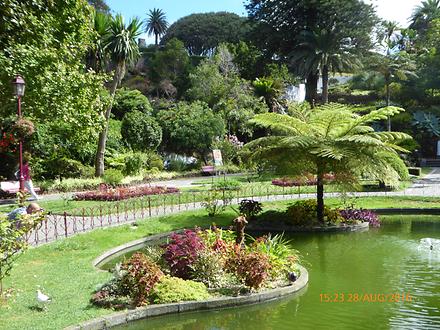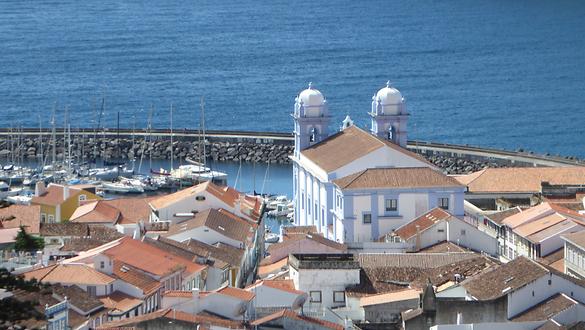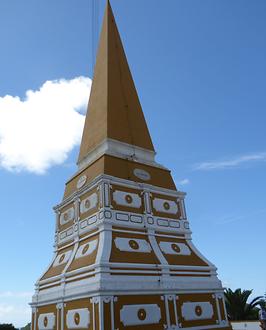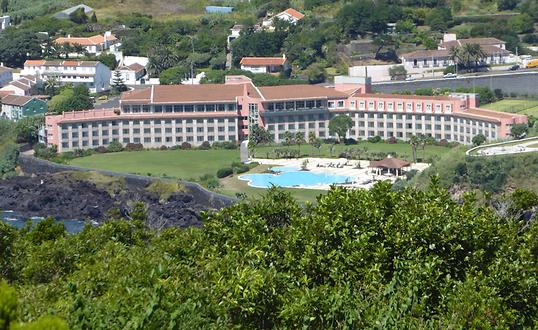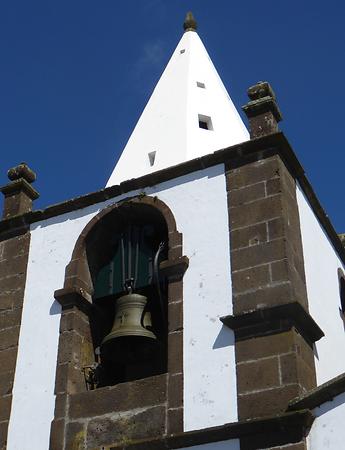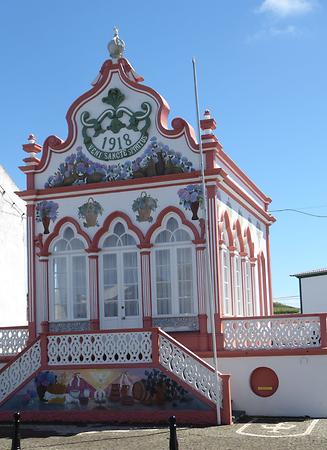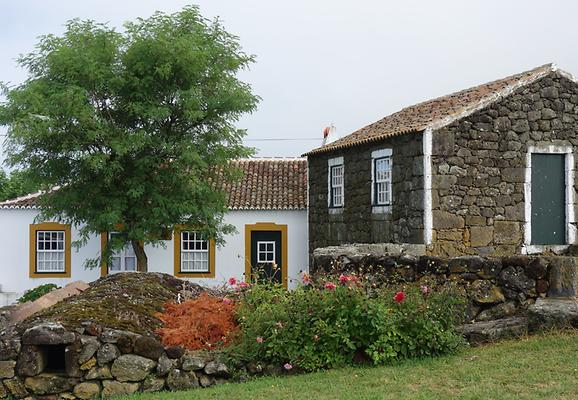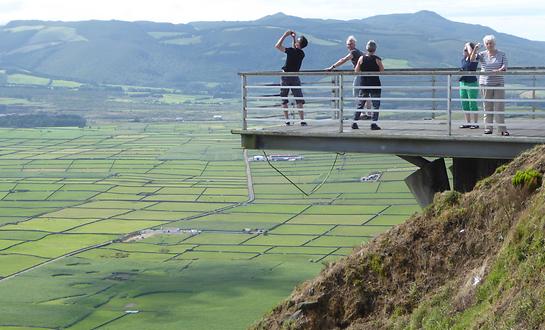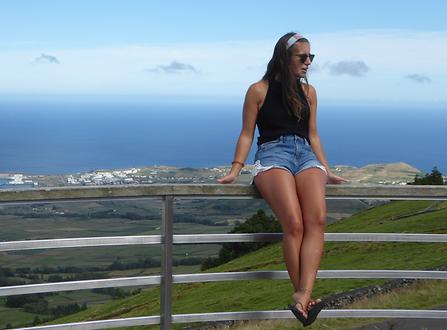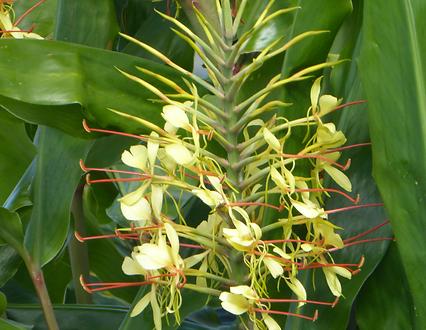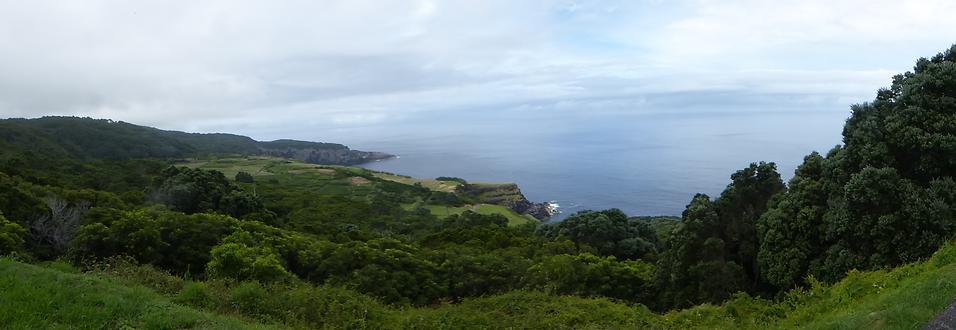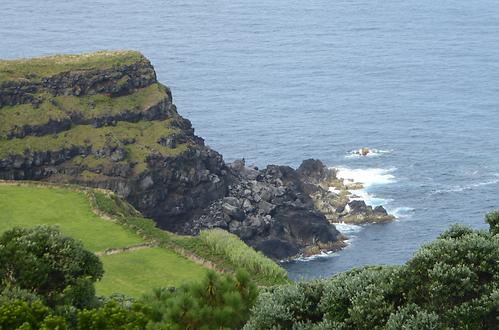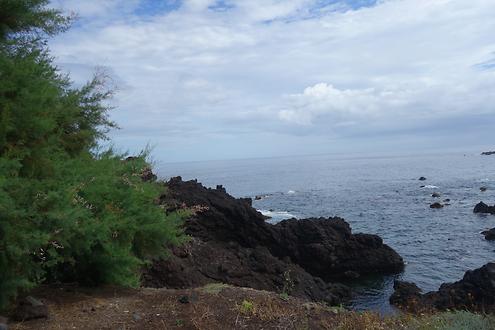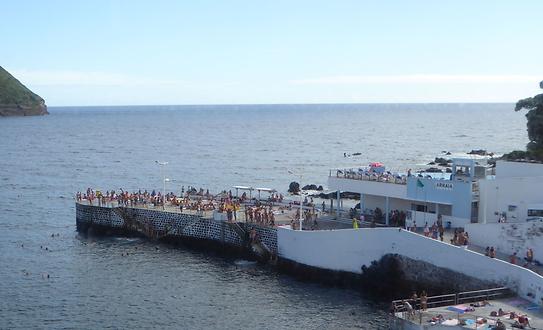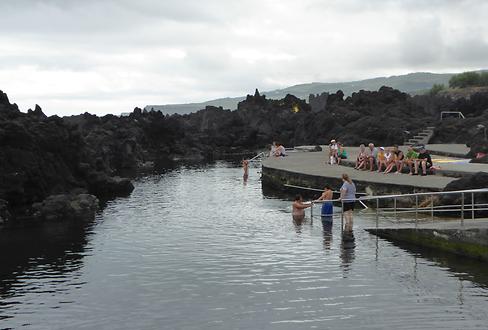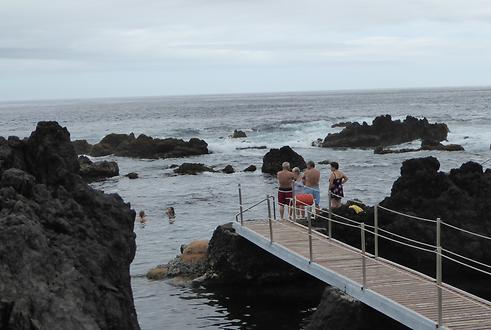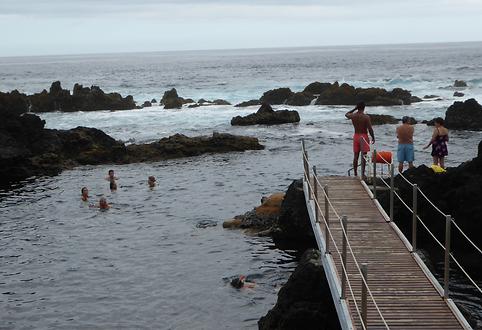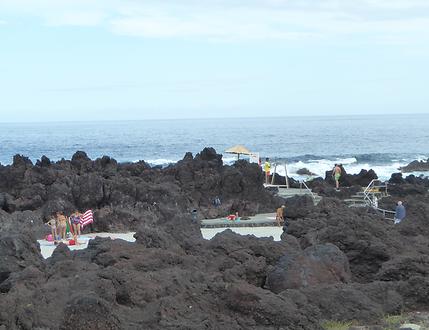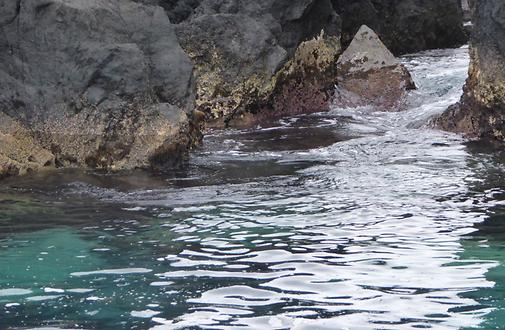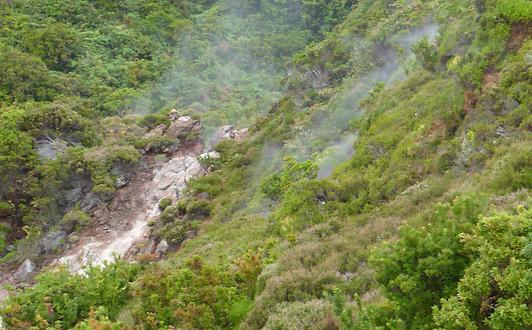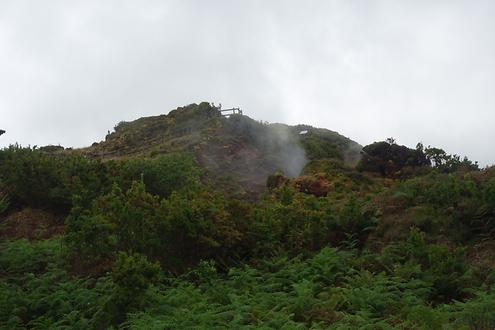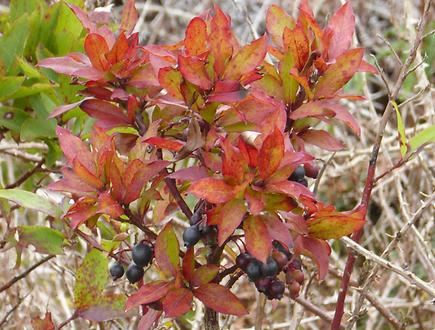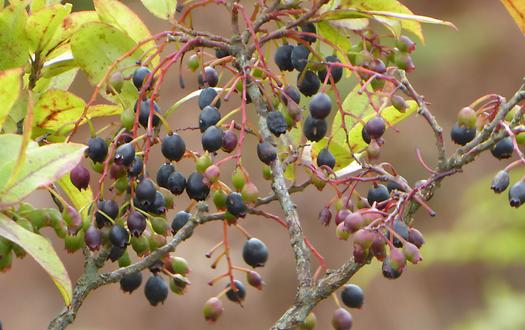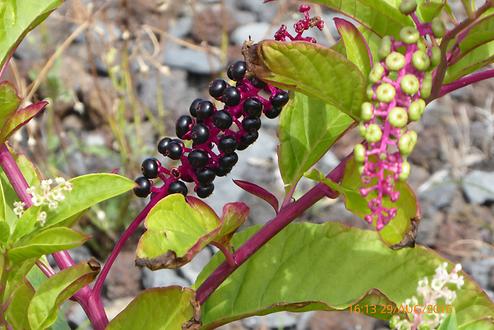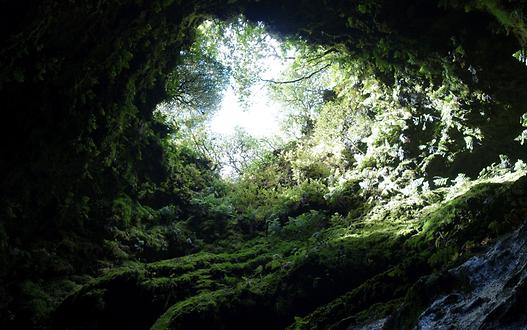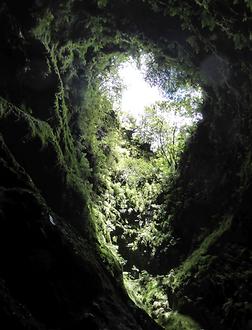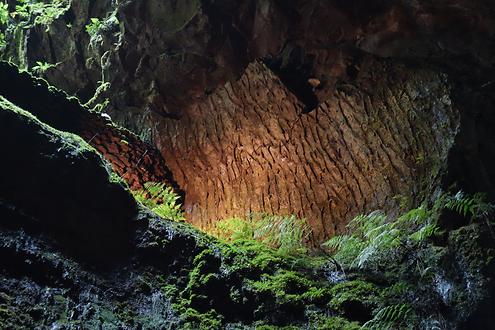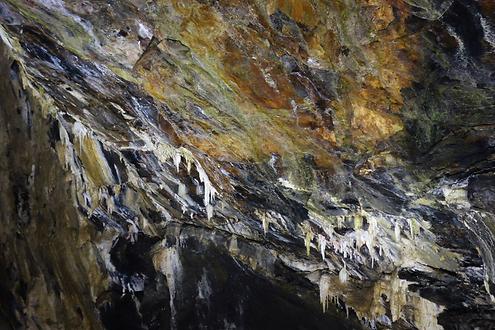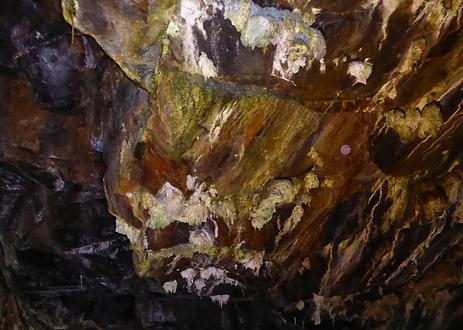Terceira#
Trip to the Azores, August/September 2016, Part 1#
by H. MaurerThe Azores Azores , part of Portugal with quite a bit of regional autonomy, are an archipelago composed of nine volcanic islands in the North Atlantic Ocean about 1,360 km west of continental Portugal, about 880 km northwest of Madeira and about 1,925 km southeast of Newfoundland. Its main industries are agriculture, dairy farming, livestock ranching, fishing, and tourism. The main settlement of the Azores today is Ponta Delgada on the island São Miguel with the only international airport.
The Azores islands are an islet cluster in three main groups. Flores and Corvo, to the west; Graciosa, Terceira, São Jorge, Pico, and Faial in the centre; and São Miguel, Santa Maria, and the Formigas Reef to the east. The distance between the westernmost and easternmost island is more than 600 km.
All the islands have volcanic origins. Mount Pico, on the island of Pico, is the highest point in Portugal, at 2,351 m. The climate of the Azores is very mild for their northerly location, being influenced by its distance to continents and the passing Gulf Stream. Due to the influence of the ocean, temperatures remain mild year-round. Daytime temperatures normally fluctuate between 16 °C and 25 °C depending on the season. It is generally very humid (hence sweat is not unknown to tourists) and is often wet and cloudy.
The culture, dialect, cuisine, and traditions of the Azorean islands vary considerably, because these once uninhabited and remote islands were settled sporadically over a span of two centuries.
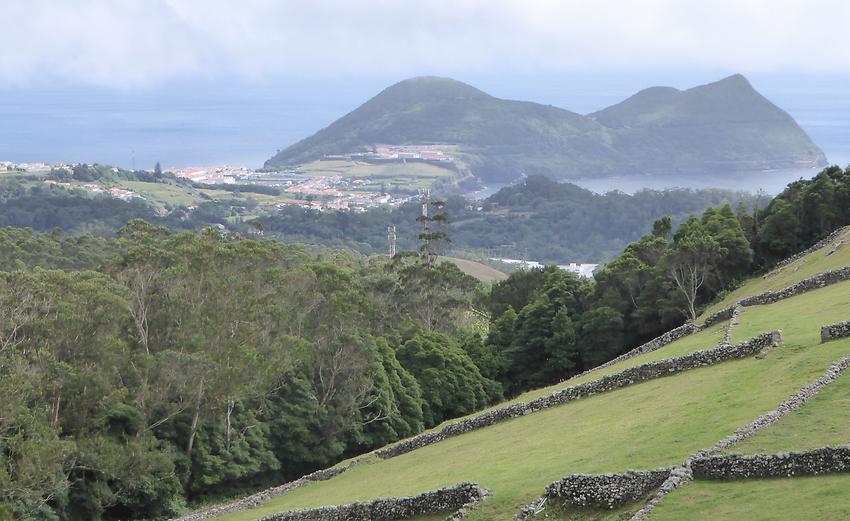
Photo: Hermann Maurer, 2016, under CC BY-SA 3.0
Now more to the trip at issue: Coming from Europe, we first landed at Delgada on São Miguel, but continued with another plane directly to the island Terceira Terceira . In this Part 1, only Terceira will be described. Part 2 will deal with Faial and Pico, and Part 3 with São Miguel.
Terceira has a population of 56,000 inhabitants in an area of approximately 400 square kilometres. Much like other islands of the Azores, human settlement was dictated by the terrain. The number of volcanic cones and the strato-volcanoes that occupy the major part of the interior of the island made communities locate along the coastal lowlands and river-valleys, producing a "ring" of urbanization that circles the island. These communities began as agricultural enclaves, based on subsistence farming and a patchwork of hedged parcels of land.
Landing at Praia da Vitoria Praia da Vitoria, Azores (one of the two municipalities on the island) we went by bus to Angra do Herismo Angra do Herismo,Azores in the south of the island Terceira: This is the Azores' oldest city and UNESCO Heritage Site and the site of the historical capital, about the size of Delgado (50.000). It is the second municipality on the island. The attribute “do Herismo” for Angra was obtained in the 17 th century since the Portuguese in Terceira defended themselves bravely for three years against the Spanish, who took over Portugal (and all its overseas territories) in 1580.
Remember: Azores WAS Portugal for three years, till 1583, when the Spanish also conquered the Azores islands. Portugal became an independent nation again only some sixty years later, in 1640.
The Terceira Mar Hotel we stayed in is a big hotel complex with a good view of the hills with the fortification, and an easy walk to the center of Angra as documented below.
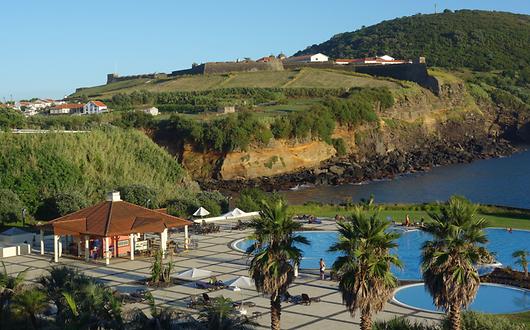
Photo: Hermann Maurer, 2016, under CC BY-SA 3.0

Photo: Hermann Maurer, 2016, under CC BY-SA 3.0
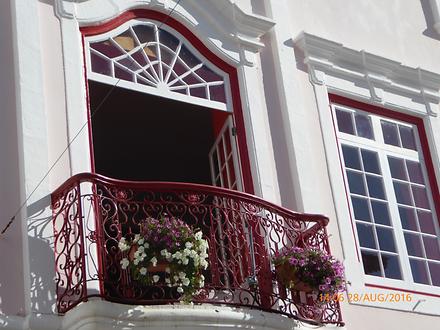
Photo: Hermann Maurer, 2016, under CC BY-SA 3.0
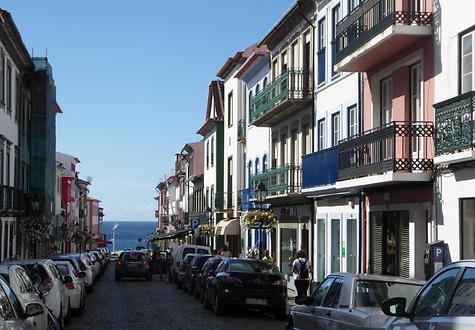
Photo: Hermann Maurer, 2016, under CC BY-SA 3.0
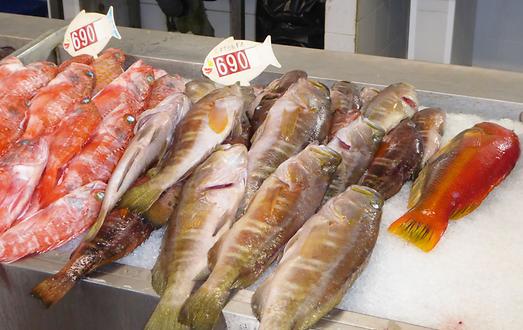
Photo: Hermann Maurer, 2016, under CC BY-SA 3.0
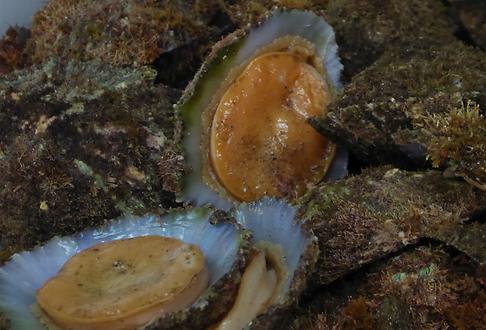
Photo: Hermann Maurer, 2016, under CC BY-SA 3.0

Photo: Hermann Maurer, 2016, under CC BY-SA 3.0
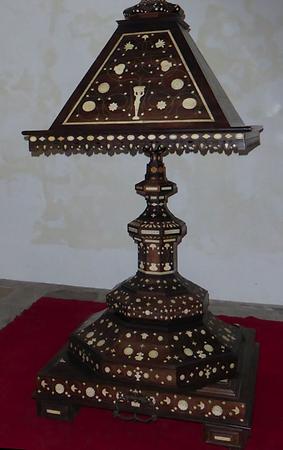
Photo: Hermann Maurer, 2016, under CC BY-SA 3.0
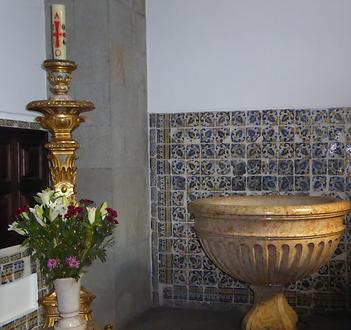
Photo: Hermann Maurer, 2016, under CC BY-SA 3.0
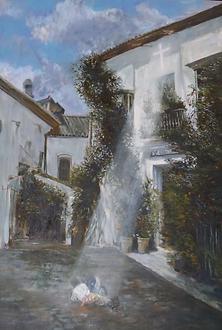
Photo: Hermann Maurer, 2016, under CC BY-SA 3.0
On the way up there are good views of the city and even the fortification on the higher hill on the other side of the city.
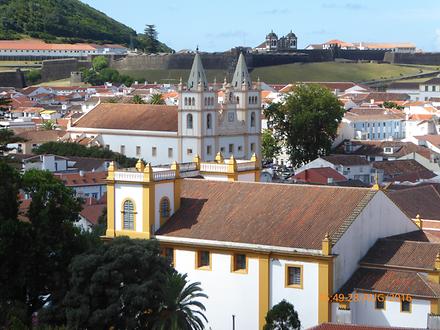
Photo: Hermann Maurer, 2016, under CC BY-SA 3.0
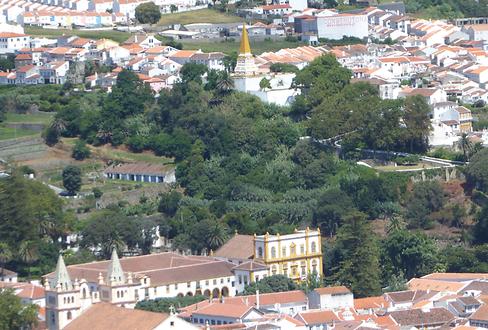
Photo: Hermann Maurer, 2016, under CC BY-SA 3.0
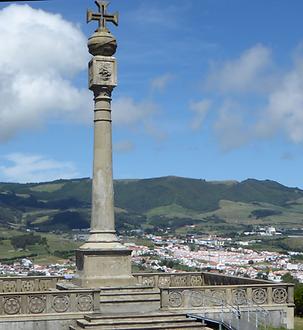
Photo: Hermann Maurer, 2016, under CC BY-SA 3.0
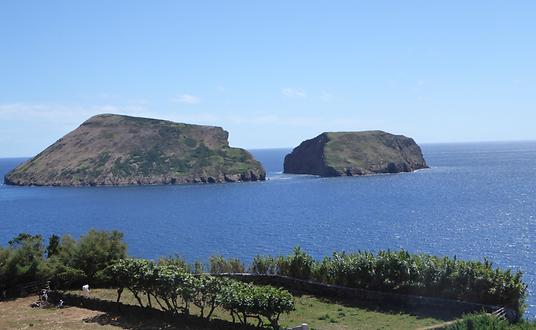
Photo: Hermann Maurer, 2016, under CC BY-SA 3.0
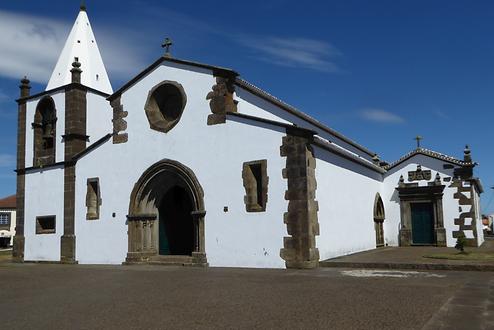
Photo: Hermann Maurer, 2016, under CC BY-SA 3.0
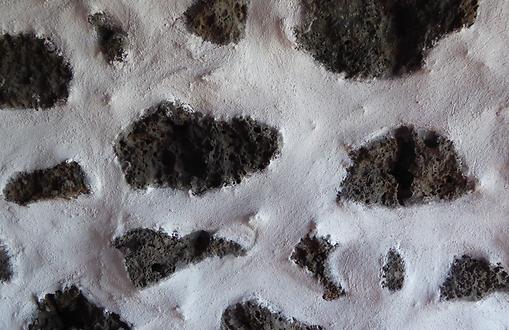
Photo: Hermann Maurer, 2016, under CC BY-SA 3.0
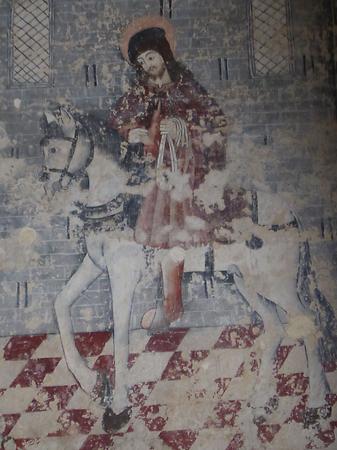
Photo: Hermann Maurer, 2016, under CC BY-SA 3.0

Photo: Hermann Maurer, 2016, under CC BY-SA 3.0
“Someone” has to be responsible for all this, is a deep seated religious belief, so people have to be kind to each other, pray regularly, etc.
King Dinis (1261- 1325) of Portugal wanted to start the time of the Holy Ghost, peace for all and forever, and all people being equal. This appealed to the Franciscans. They were expelled because of this and found acceptance in Portugal, starting more and more a movement separate from the catholic church. One idea was to provide once a year in special Holy Ghost Festival everyone present with free food.
Indeed the wife of King Dinis, queen Isabel who was declared holy later, would put a crown on the poorest person to receive food. The festival and the lay rituals did not please the church. The festivals survive in pure form only in Brazil and Azores, and the Azores are known for the lavish halls they built for the festival (and meetings of the community), usual close to churches. Indeed many villages have such a holy ghost festival hall, run by volunteers, with the catholic church trying to ignore what is in a way a sectarian movement.
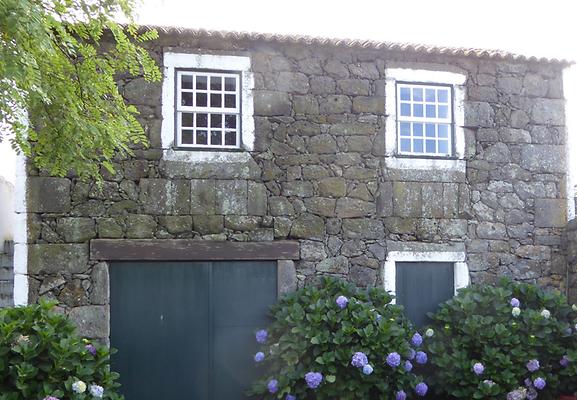
Photo: Hermann Maurer, 2016, under CC BY-SA 3.0
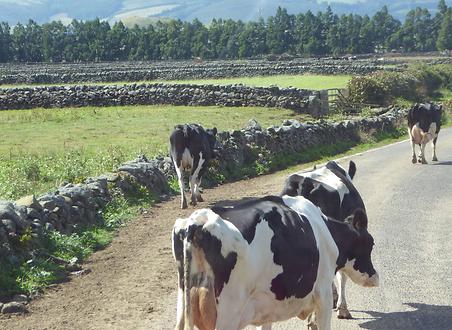
Photo: Hermann Maurer, 2016, under CC BY-SA 3.0
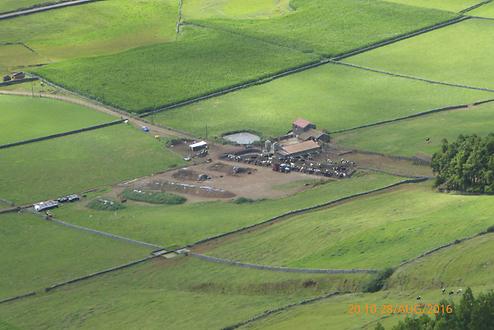
Photo: Hermann Maurer, 2016, under CC BY-SA 3.0
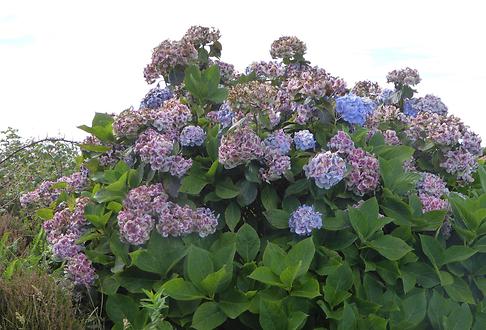
Photo: Hermann Maurer, 2016, under CC BY-SA 3.0
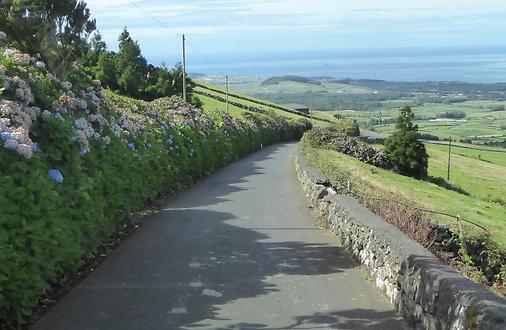
Photo: Hermann Maurer, 2016, under CC BY-SA 3.0
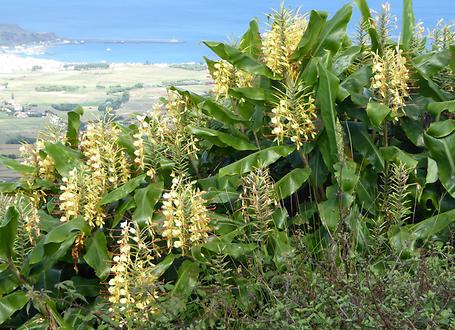
Photo: Hermann Maurer, 2016, under CC BY-SA 3.0

Photo: Hermann Maurer, 2016, under CC BY-SA 3.0
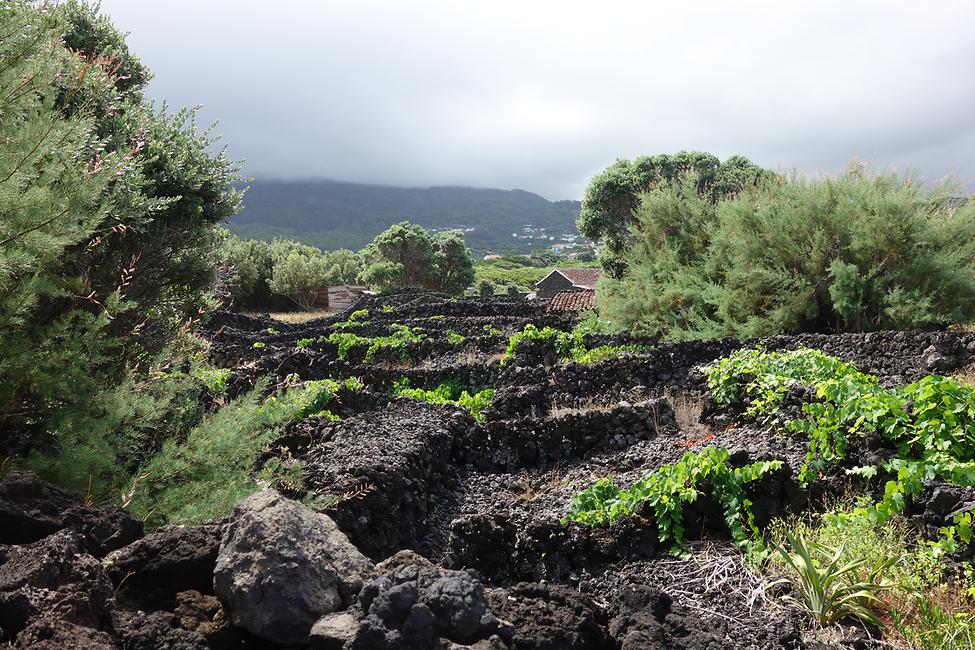
Photo: Hermann Maurer, 2016, under CC BY-SA 3.0
And there is a famous volcanic cave, remnant of former volcanic eruptions that goes some 90 m deep into the ground and is one of the few caves in the world with white silicon stalactites (not calcite, as is common in lime-stone caves).
After having seen a few of the highlights of Terceira, the next stop of the trip was a short hop to the island of Faial, with the capital (and airport) in Horta.
- See Azores Part 2: Faial and Pico.
- Back to Pictures of Portugal
- Back to Special Information on Portugal

